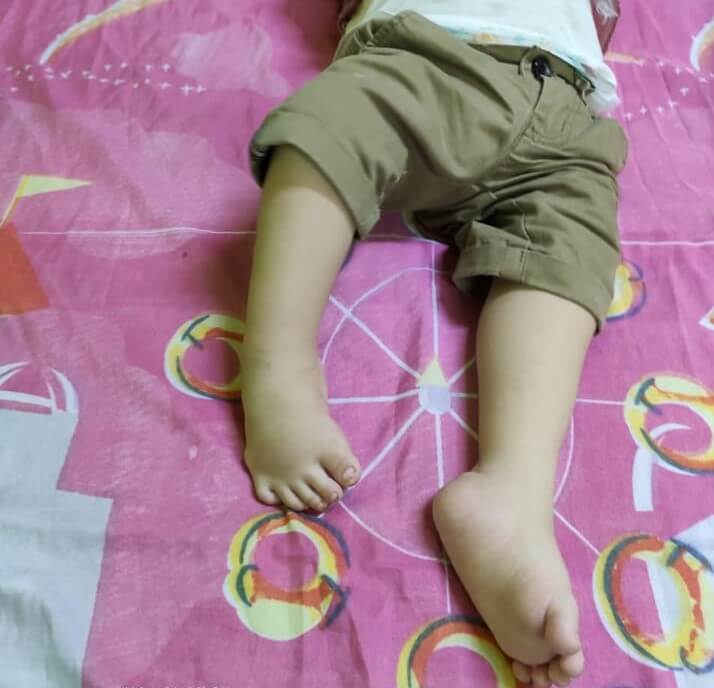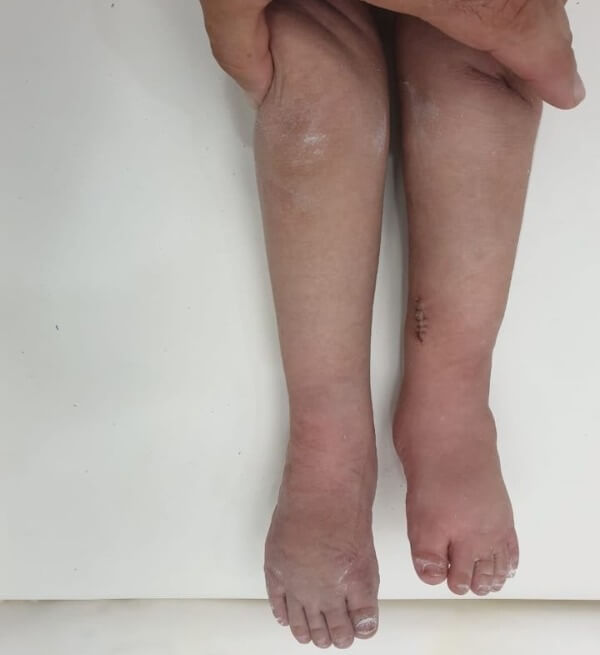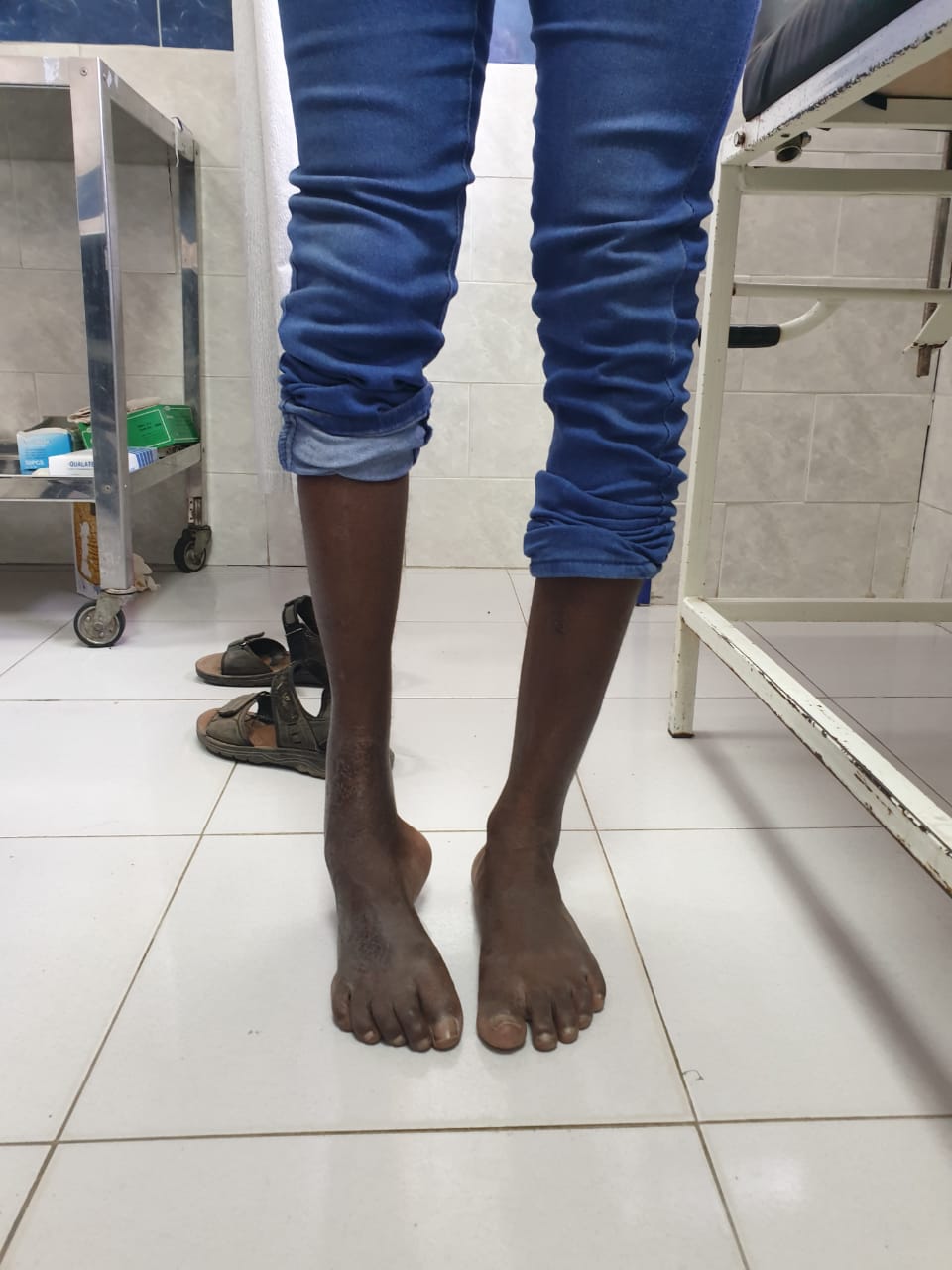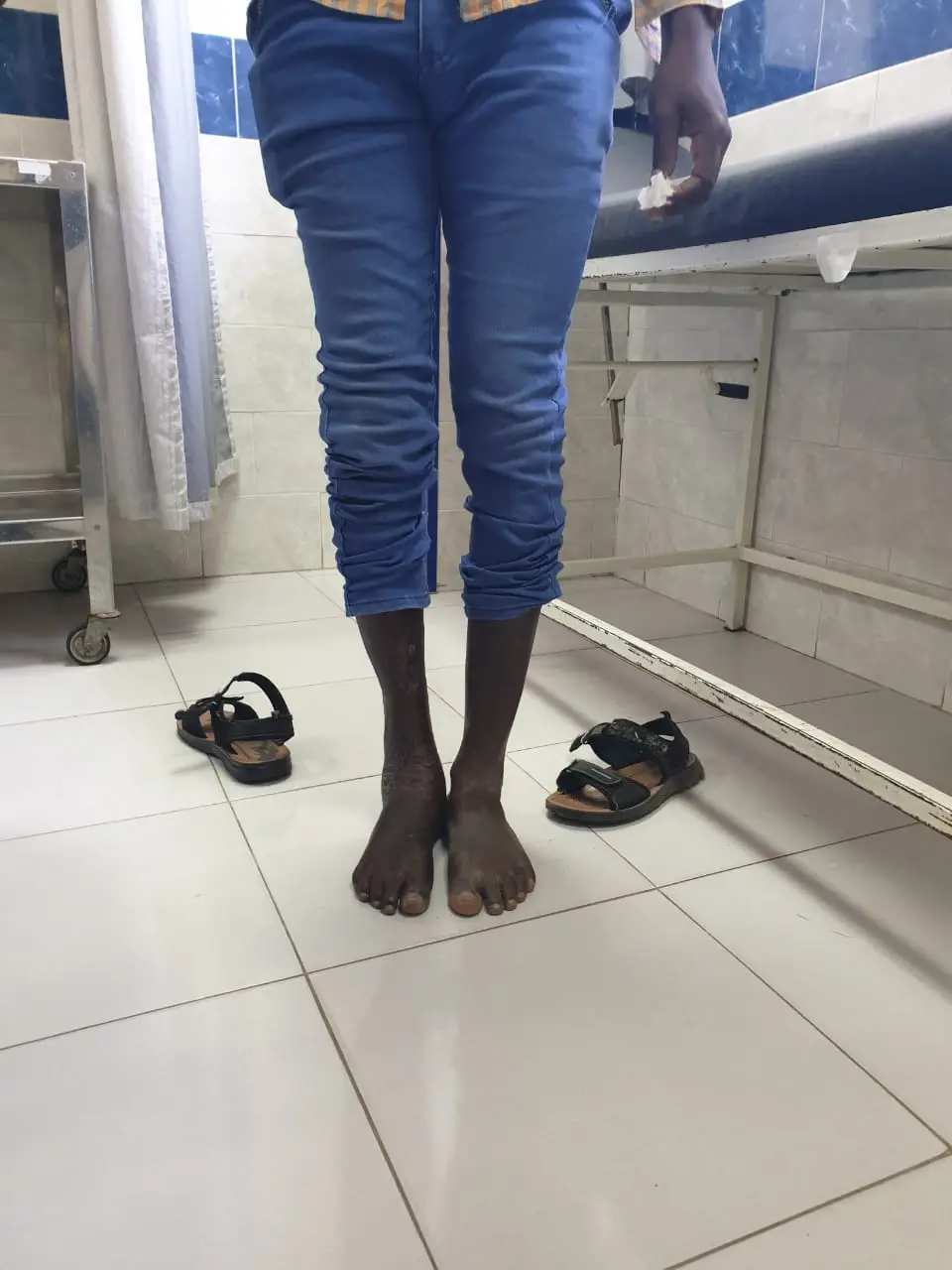Different Types of Limb Fractures
Each fracture requires a specialized treatment plan. Our expert team ensures the best care tailored to your condition.
Common Limb Fracture Types:
✔ Simple Fracture: Bone breaks cleanly, without damage to the skin.
✔ Compound Fracture: Bone breaks through the skin, requiring surgical intervention.
✔ Comminuted Fracture: Bone shatters into multiple pieces, needing specialized fixation.
✔ Stress Fracture: Small cracks develop due to repeated stress, common in athletes.











